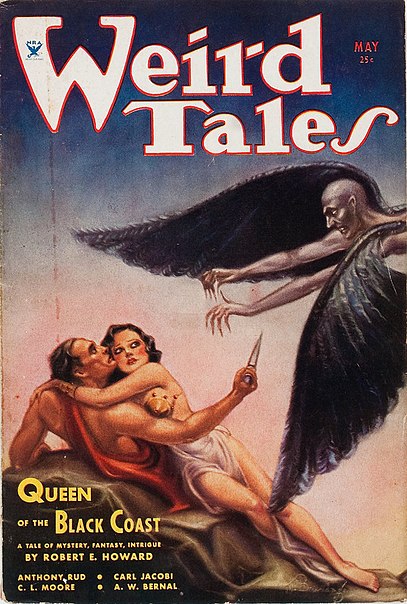(Which is of course exactly the same as Man Flu, except genuine.)
“It’s two weeks till Christmas!” she says, her voice hoarse from one too many rehearsals of the school Nativity Play. Or possibly from the aforementioned bug.
Yes, Mrs D, we know. It is indeed two weeks till Christmas. Or at least it was. Now it’s considerably less than.
Aaargh.
What we need is a Christmas countdown. You know, like all those domestic goddesses have. The Kirstie Allsopps, the Delia Smiths and the Mary Berrys (or even Berries) of this world.
Best leave Nigella out of it for now. She's got enough on her plate.
So here it is. Cut it out, fix it up with a fridge magnet, lose it down the back of the sofa, find it next August and wonder what all the fuss was about...
Your Essential 2013 Christmas Countdown. Accept no imitations.
Dec 12: Try on Santa outfit, blogger for the wearing of, and Mrs D’s impressionable young pupils for the scaring of. Examine suspicious marks left by previous occupant. Take to dry cleaners.
Dec 13: Friday the 13th. Stay in bed, don’t tempt fate.
Dec 14/15: It’s the weekend! Not the best time to go shopping.
Dec 16: Day off. Buy all the presents. Every last one. Including emergency replacements for the stuff that you ordered from Amazon and is due to arrive from Japan some time between now and Saint David’s Day.
Dec 17: Realise you’ve forgotten to send your brother a birthday card. Ring up and grovel.
Dec 18: Realise you’ve forgotten to send anyone any Christmas cards. Decide to go green, save trees, avoid wear and tear on the already strained postal service and generally make a virtue out of a necessity.
Dec 19: One week till Christmas! No, wait, that was yesterday.
Dec 20: One week till the day after Boxing Day! Go back to the dry cleaners to pick up Santa suit. Ignore pitying looks from dry cleaning operative. Take suit home, clamber into same. Succumb to sneezing fit induced by residual cleaning fluid in snowy white beard. Visit school, scare tinies. Job done.
Dec 21/22: It’s the weekend! Again! Crikey, where did last week go? Remember last weekend how you made a good case for not going shopping? No more excuses, they won’t wash. Booze, smoked salmon, more booze, cheese footballs and even more booze won’t buy themselves, you know. The supermarket awaits.
Dec 23: Ask spouse in a polite spirit of co-operation if she has definitely made the cake. Awaken some time later to discover that you have landed a starring role in 24 Hours in A&E.
Dec 24: Christmas Eve, and it’s too late to panic. Load up the car, hit the road for the relatives on the other side of the country, notice with abstract curiosity that everyone else in the entire world seems to have had the same idea.
Dec 25: Christmas Day. Relax, it’s all taken care of.


















